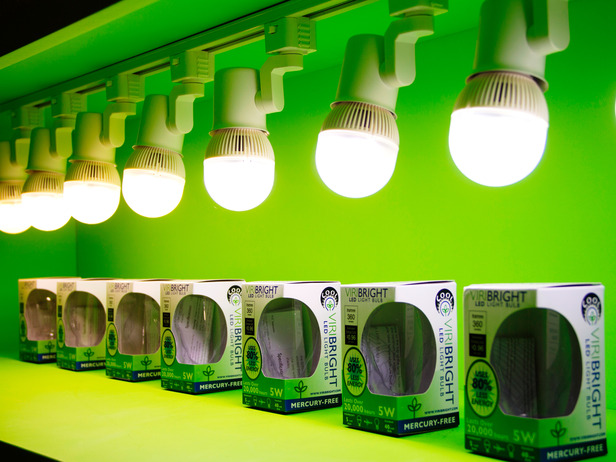There are approximately 10 billion incandescent lighting, they consume about one-fifth of the world’s energy. With the current “go green” ecological trends, in order to save energy, many people are looking for ways to save our planet. Consumers from incandescent to energy-saving lamps is converted in the late 1990s, to the cities and towns where people offer discounts mechanisms induced conversion. Attract consumers who are “going green” to achieve cost savings on the bill.

However, for many people, this is not always a positive experience, for example, they want the light dimmed, and energy-saving lamps can not pass damper to adjust light and dark, energy-saving lamps contain small amounts of mercury, require proper handling of hazardous substances. Many bulbs will be recycled and properly handled, but most were buried to the garbage dump, which will result in groundwater contamination. Energy saving lamp low adoption rate in the U.S. is estimated that only about 11% of households use. In the past five years, energy-saving lamp technology has greatly improved, but still not the best solution. Kaiou ho Lighting LED energy saving lamp technology for commercial and residential markets LED lighting devices is increasing rapidly. Promises long life, light better, and more energy efficient, these are the LED energy-saving lamps to replace incandescent and a major factor. LED consumes its predecessors only one-third of the energy incandescent. It can make full use of smart sensors and microcontrollers, to really bring additional energy savings and economic benefits are truly “green” technology. Some experts expect that in the future less than a year’s time, most consumers are willing to use LED lighting.
In the next few years, LED ceiling lamp, LED downlight LED lighting in the lighting industry will usher in a crucial moment in the history of the EU countries, Canada, Brazil and the United States, many states will gradually take measures to make incandescent bulbs from the market on exit. U.S. local utilities have begun to introduce LED lamps incentive plan, which will accelerate the LED bulb lighting with speed. These stimulus measures will make consumers buy the high cost of new light, which is about five times the cost of energy-saving lamps.
